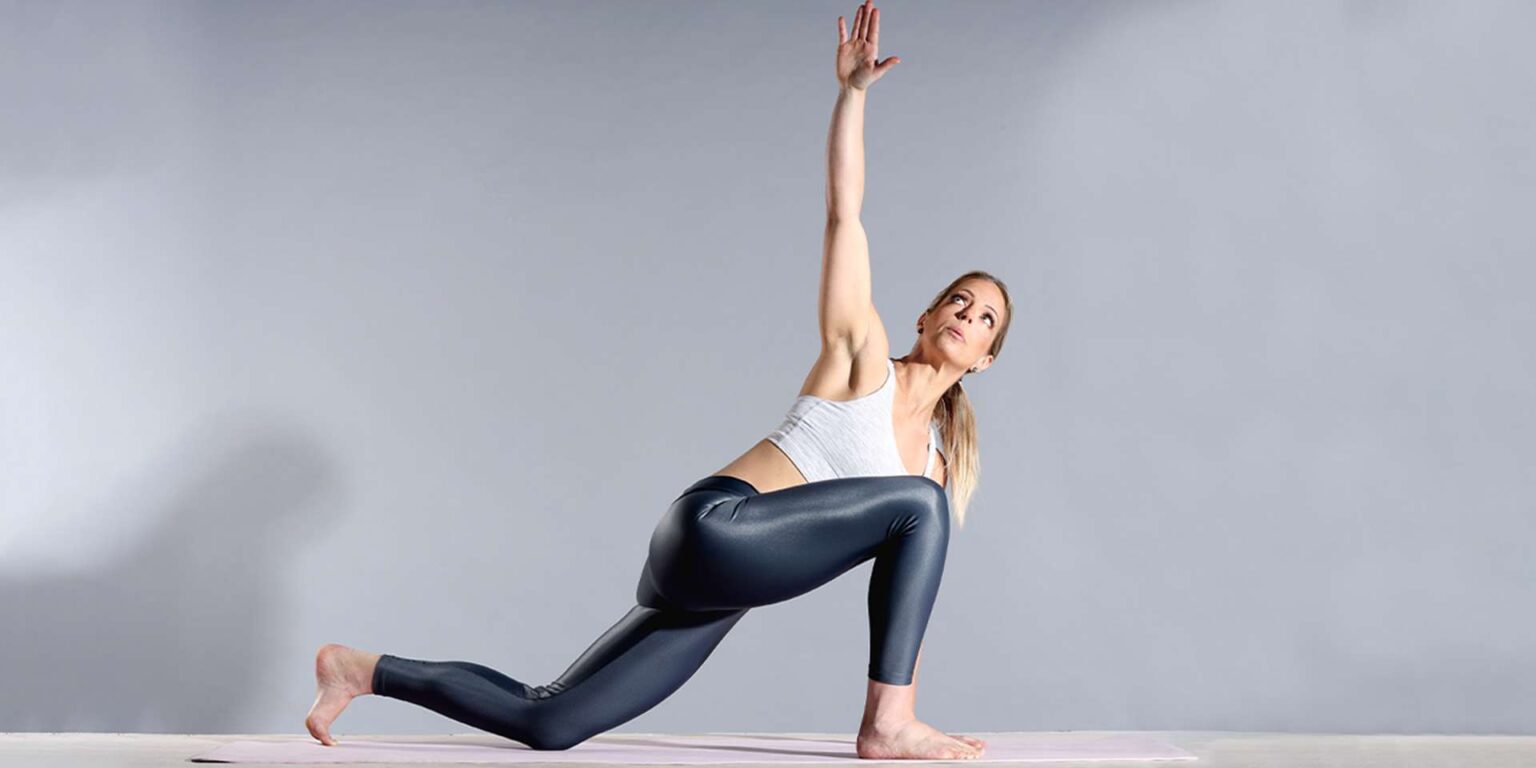Introduction
When done properly, exercise can help your body heal more quickly and make you feel better, whether you’re returning to exercise after a flare-up of a chronic disease or getting physical after a protracted sickness. [1] Recognizing your limitations and escalating your activity gradually are vital to prevent injuries, but with patience and persistence, you can return to your prior level of fitness and health. You’ll be able to resume or begin a fitness program if you cooperate with your doctor, have patience, and pay attention to your unique health requirements.
Speak with your doctor
Talking to your doctor about starting an exercise program again after being sick is the best course of action. [2] There may be particular things to work on and steer clear of depending on the nature of your sickness. Know the consequences of any medications you’re taking, such as whether exercise increases your risk of becoming dehydrated. Depending on your needs, your doctor could suggest that you seek professional assistance from a physical therapist or occupational therapist to get moving.
Inform your doctor that you wish to begin a fitness regimen now that you are feeling better. Can you assist me in creating a secure plan?
If you feel any of the following while exercise: tightness in your chest, shortness of breath, difficulty breathing, nausea, vomiting, an irregular heartbeat, numbness in your arms, lightheadedness, fainting, passing out, or excessive sweating, call your doctor right once (more than would be expected for your activity level).
Recognize that you are beginning again.
No matter how healthy you were prior to becoming unwell, being sick for an extended period of time is hard on your body. Your muscles are weaker than they were, and you’ll have less stamina and endurance. This is typical. Recognize that you’re essentially beginning again, as if this is your first time working out. Mentally get ready to start out slowly, step up your activity level gradually, and be patient. [4] Keep in mind that getting fit can and will happen, it simply takes time.
A tear, sprain, or strain could occur in your weakened muscles if you immediately begin lifting big weights.
[5] You need to regain your endurance and cardiovascular fitness. Given that you’ve been sedentary for some time, your heart rate will probably increase more rapidly now.
Because your body has been working so hard to recover from your sickness, your immune system will likely feel under the weather the following day if you overwork it.
[6] Take it easy to prevent experiencing symptoms once more.
Make goals and a plan
Make goals and a plan. What would you like to be able to do once more—run a marathon, attend an aerobics class once more, or engage in a sport? You’re more likely to succeed if you set goals and write them down.
To keep yourself motivated, keep an exercise log. Next, list more manageable objectives for the following time periods: one week, two weeks, and one month. For instance, don’t expect to begin jogging 10 miles this week if your primary objective is to “Run a marathon in a year.” You should gradually raise your objectives, starting with something like, “Week 1: Walk for 30 minutes a day,” and working your way up to, “6 months: Run 10 miles 2-3 times per week.” Start off with whichever size is safe and comfortable for you.Be explicit and realistic in your objectives. Walking is less concrete and less compelling than “walk 30 minutes a day.” To gauge your progress, list your successes.


